Cats are known for their unique and often peculiar sleeping habits. On average, a cat sleeps between 12 and 16 hours a day, depending on its age and lifestyle. These sleeping patterns are rooted in their predatory ancestry, where energy conservation was essential for hunting. Let’s delve deeper into the intriguing world of cat naps.
The Science Behind Cat Naps
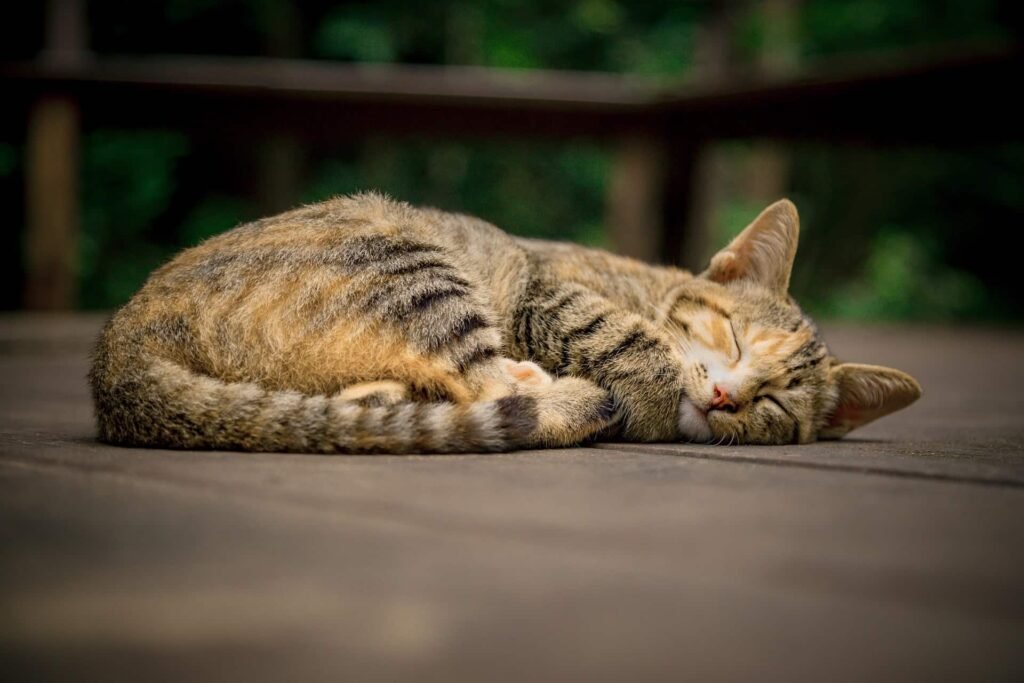
Cats experience two types of sleep: Rapid Eye Movement (REM) and non-REM sleep. During REM sleep, cats may flick their tails or whiskers, and their paws might twitch. This is often when they are dreaming. Non-REM sleep is a deeper, restful stage where the body repairs itself. Cats experience several cycles of these sleep stages throughout their slumber.
Why Do Cats Sleep So Much?
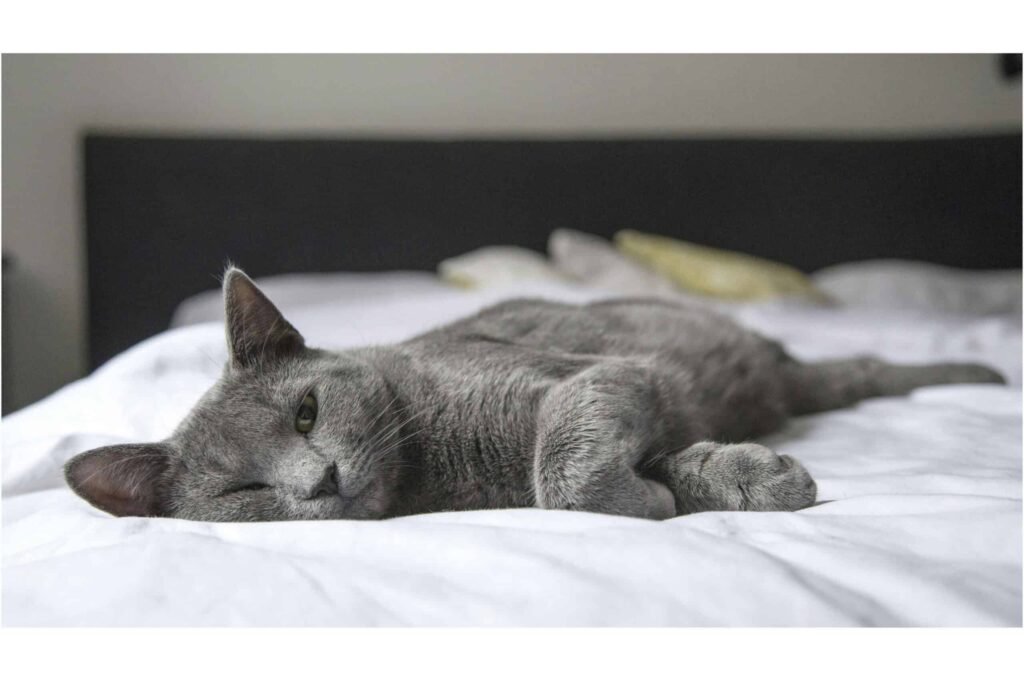
Unlike diurnal creatures, cats are crepuscular, meaning they are most active during the dawn and dusk hours. This sleeping pattern is inherited from their wild ancestors, who needed to hunt during these cooler times of the day. By sleeping frequently, cats conserve energy for these high-activity periods.
Catnapping Short Bursts of Sleep
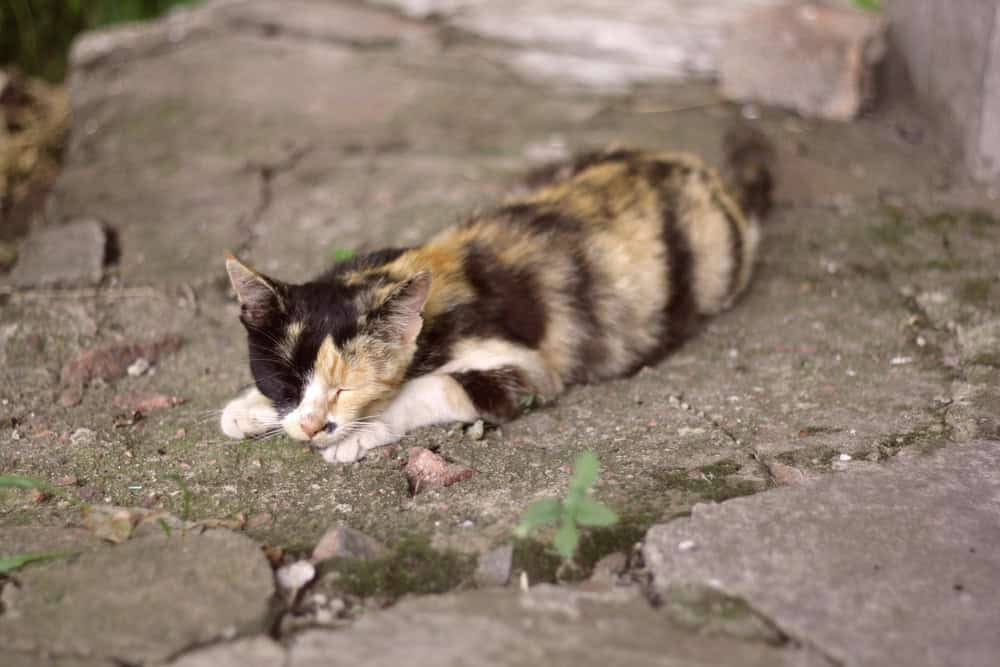
Cats often engage in “catnapping,” or taking short naps throughout the day instead of sleeping continuously. This habit allows them to remain alert and ready to spring into action if needed. This alertness stems from their instinct to respond quickly to potential threats or prey.
Sleeping in Odd Places
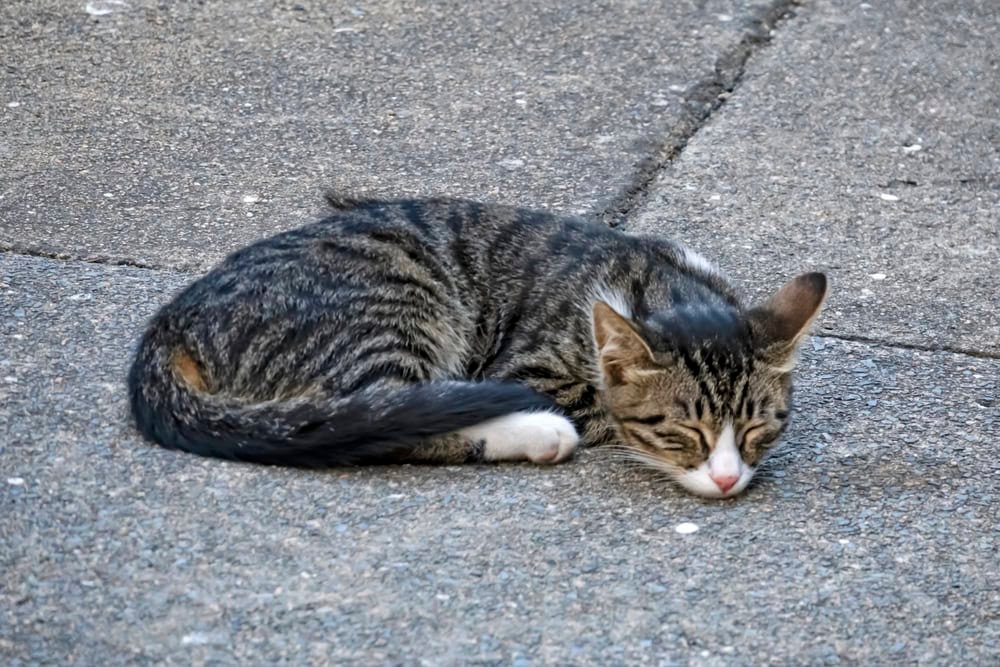
Cats often choose the most unexpected places to sleep, from boxes to bathroom sinks. These spots are usually safe, and enclosed, and allow them to monitor their surroundings. Cats seek out warm and secure locations to rest undisturbed, often favoring high perches where they feel most protected.
The Comfort of Kneading
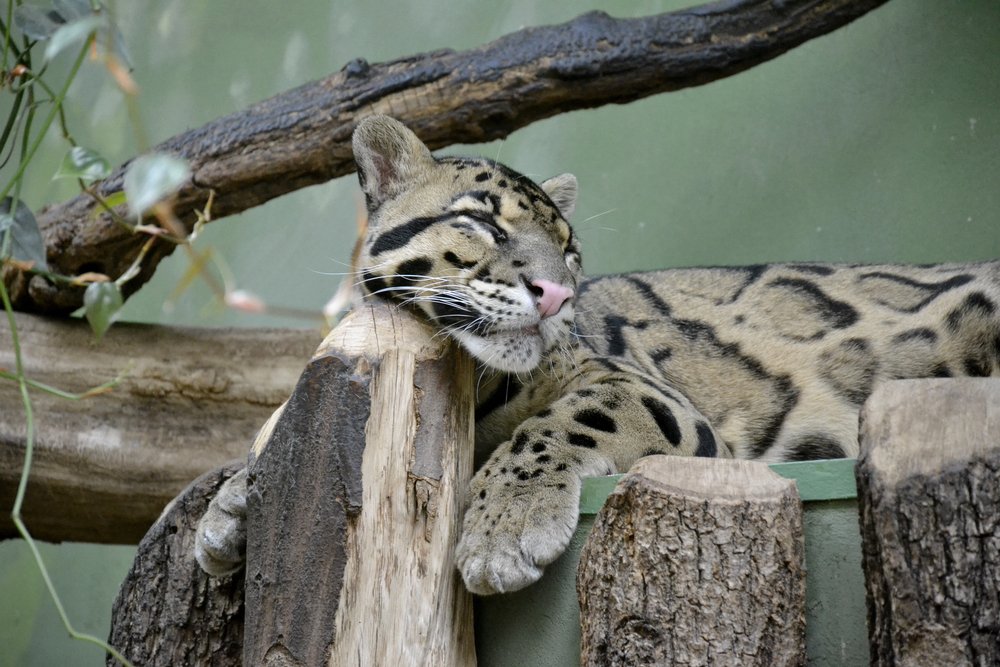
Before settling down, cats may knead soft surfaces with their paws. This behavior is a leftover instinct from kittenhood when they would knead their mother’s belly to stimulate milk flow. For adult cats, kneading is a comforting ritual that often precedes sleep, usually associated with contentment.
Purring in Their Sleep
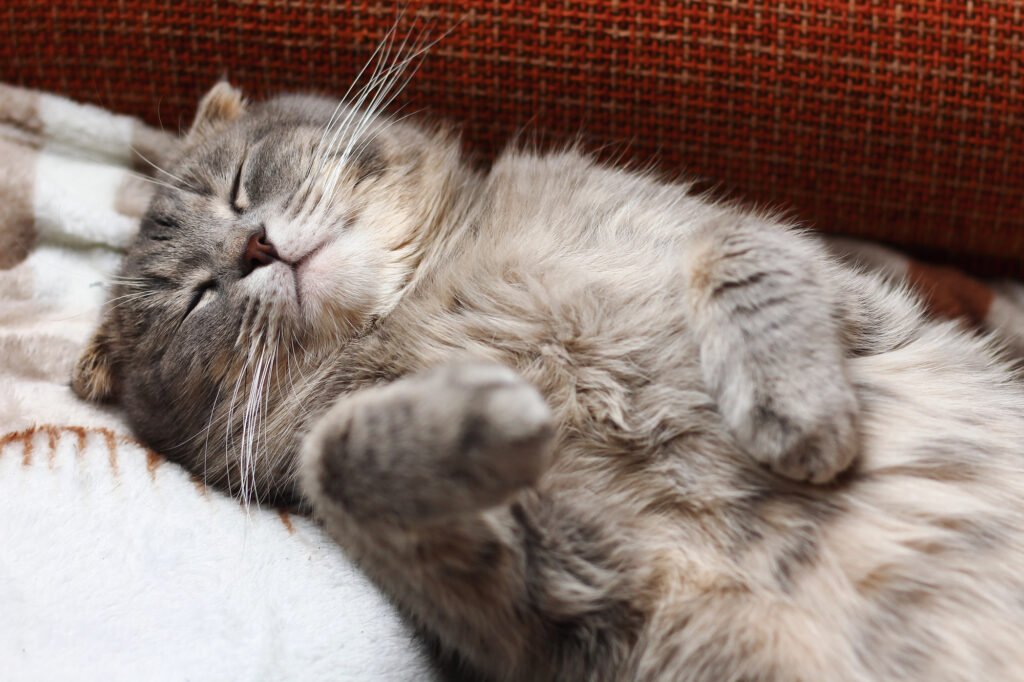
Interestingly, some cats purr while they sleep. Purring is often associated with contentment and relaxation, but it can also be a form of self-healing. Studies suggest that the frequency of purring can promote bone growth and healing, serving as a mechanism for maintaining their health even while resting.
Sharing Sleep with Humans
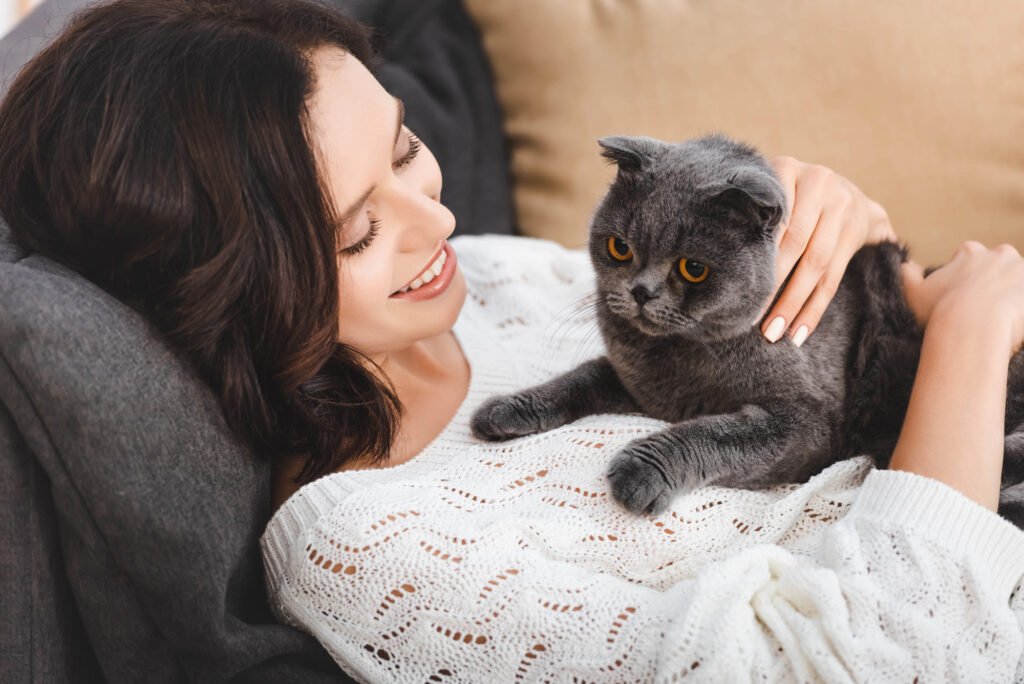
Many cat owners find their furry companions sleeping next to them at night. Cats are social creatures and often form bonds with their owners. Sleeping next to a human provides warmth and a sense of security. However, some cats prefer their own space, and understanding your cat’s preferences is crucial to maintaining a harmonious relationship.
Nocturnal Adventures
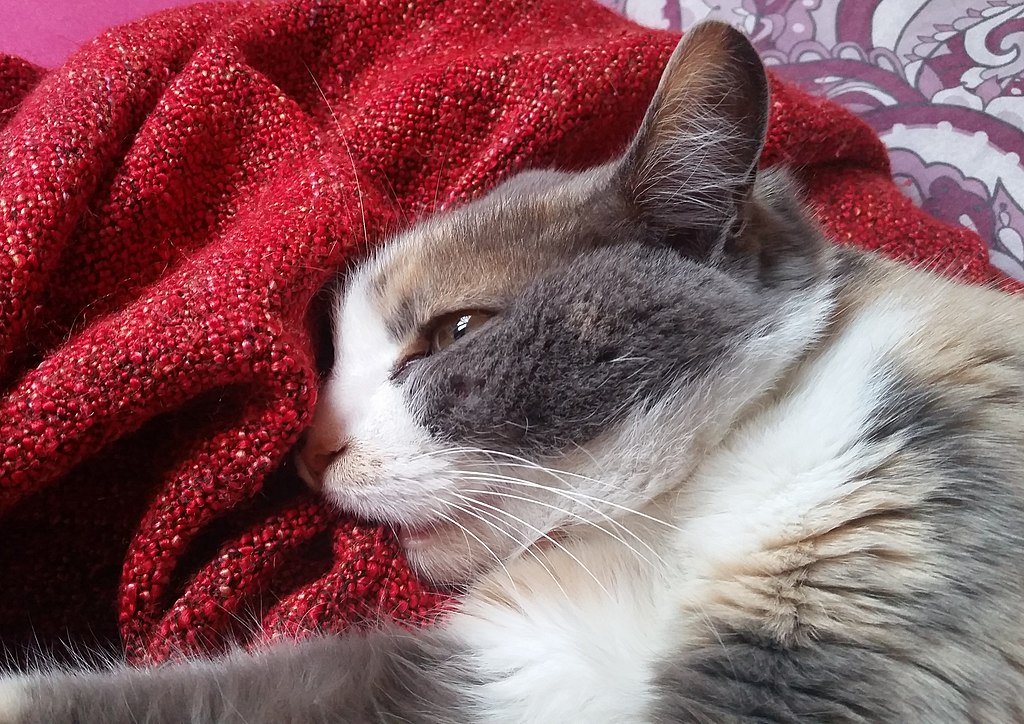
It’s not uncommon for cats to have bursts of energy in the middle of the night, running around and playing while their human companions are trying to sleep. These nocturnal adventures are a result of their natural hunting instincts kicking in. To mitigate nighttime disruptions, engage your cat in interactive play sessions during the evening to help expend their energy.
Tailoring Sleep Environments for Cats
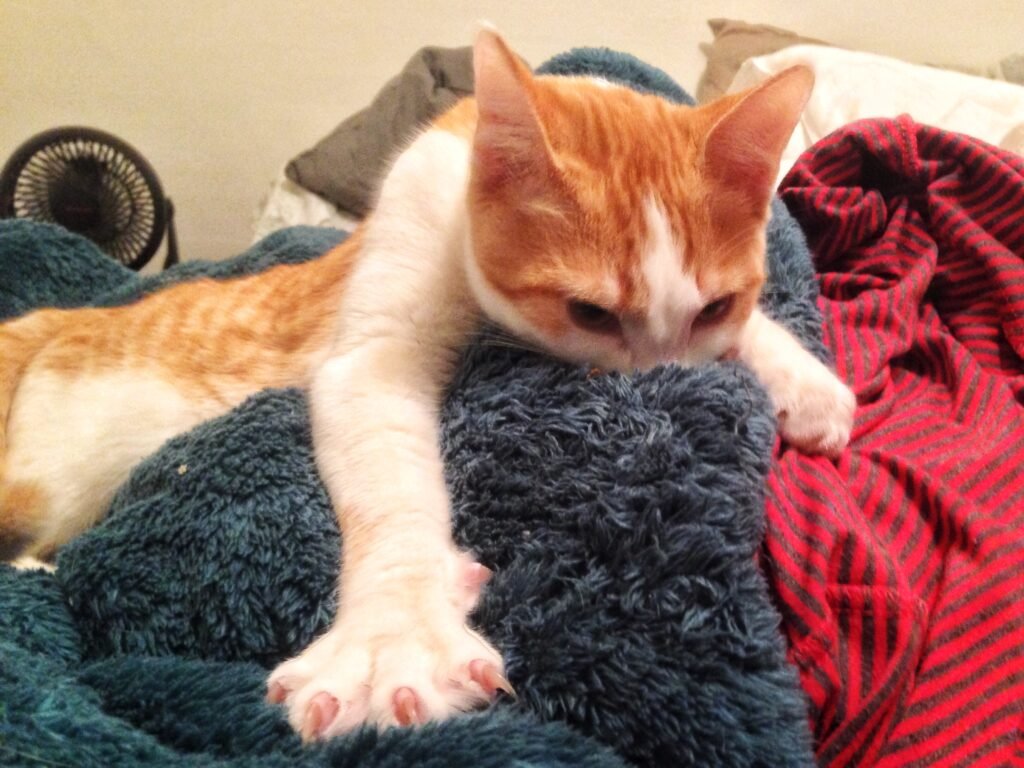
To ensure a comfortable sleeping setup for your cat, provide a variety of bedding options placed in quiet, warm areas around your home. Cats are creatures of habit, so establishing a routine by feeding and playing with them at the same times each day can contribute to regular sleep patterns.
Understanding Changes in Sleep Patterns
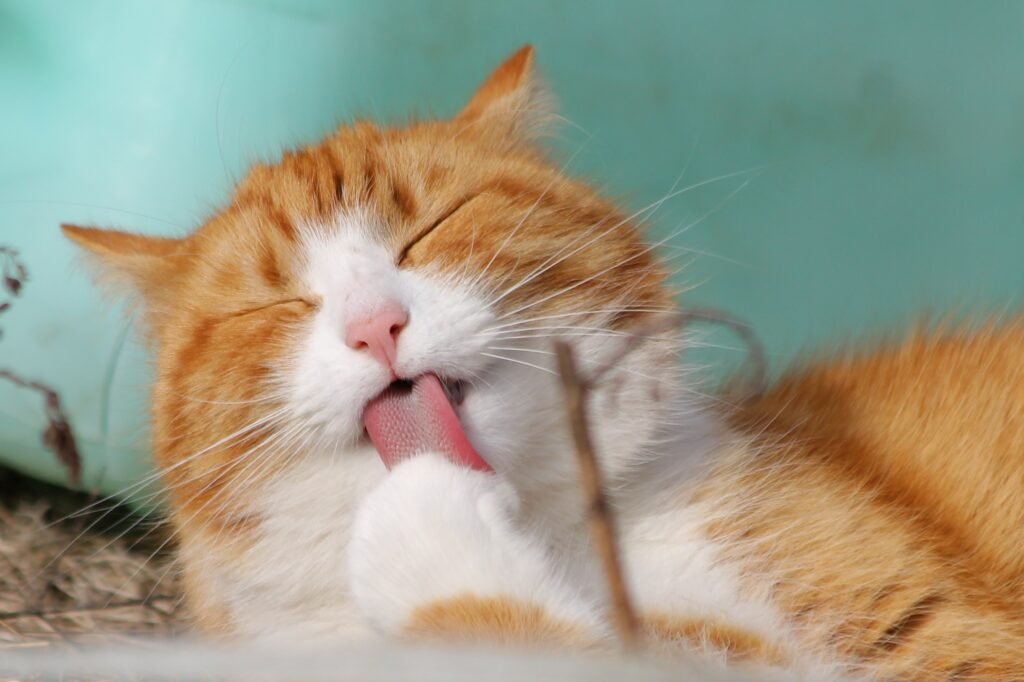
As cats age, their sleeping habits may change. Older cats might sleep even more than younger ones. Changes in sleep patterns can also indicate health issues. If you notice significant changes in your cat’s sleep behavior, such as restlessness or increased sleep, consult a veterinarian to rule out potential health concerns.
Understanding your cat’s quirky sleeping habits offers insight into their behavior and enhances your bond with them. By appreciating these habits, you can create a supportive environment that allows your feline friend to rest peacefully and maintain their health.






